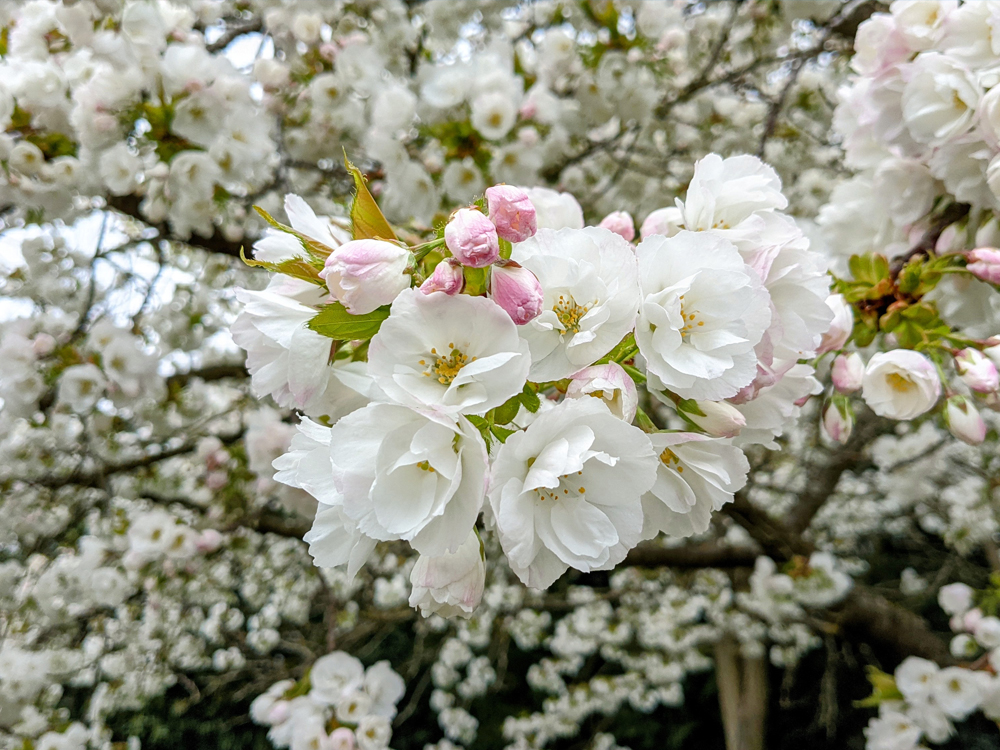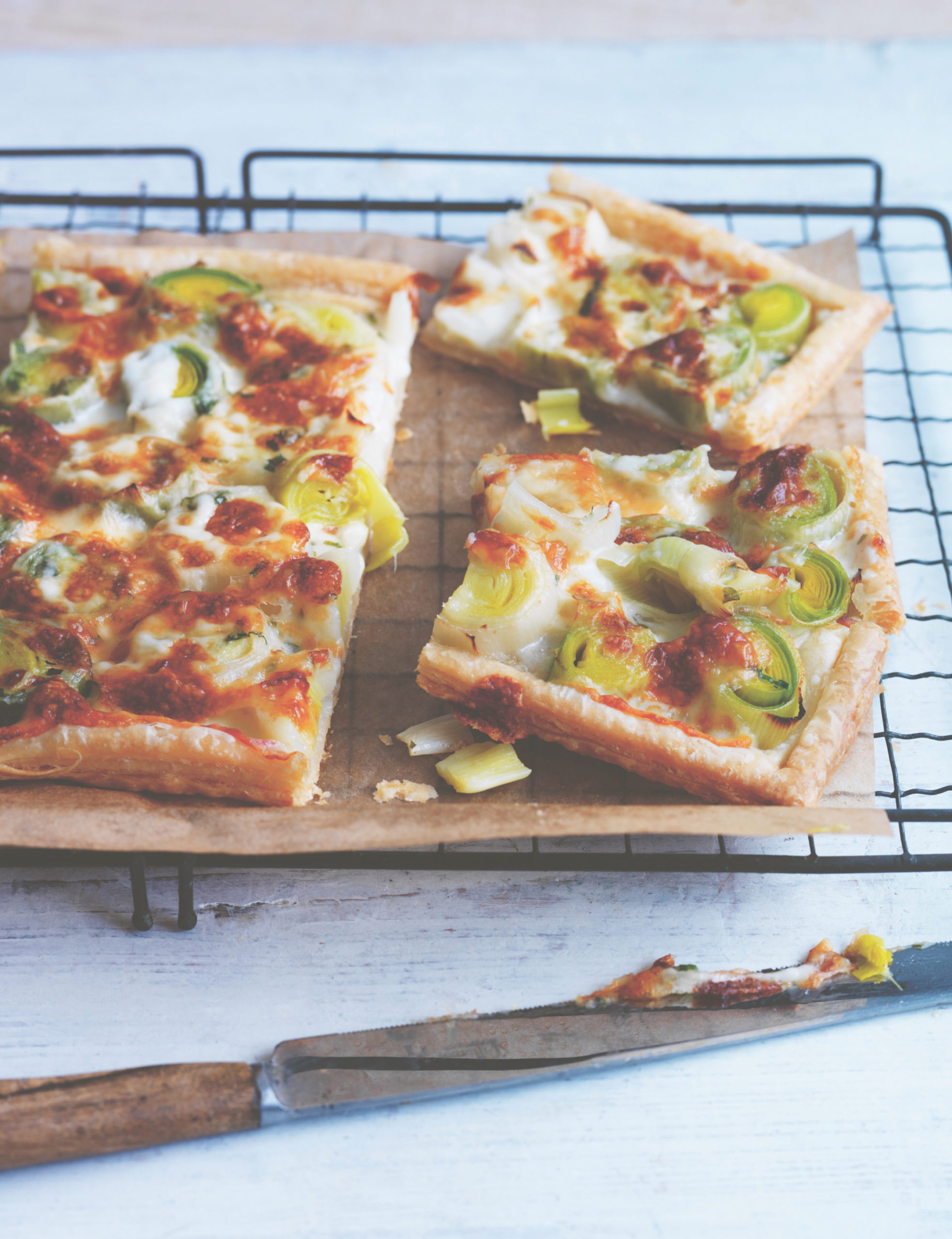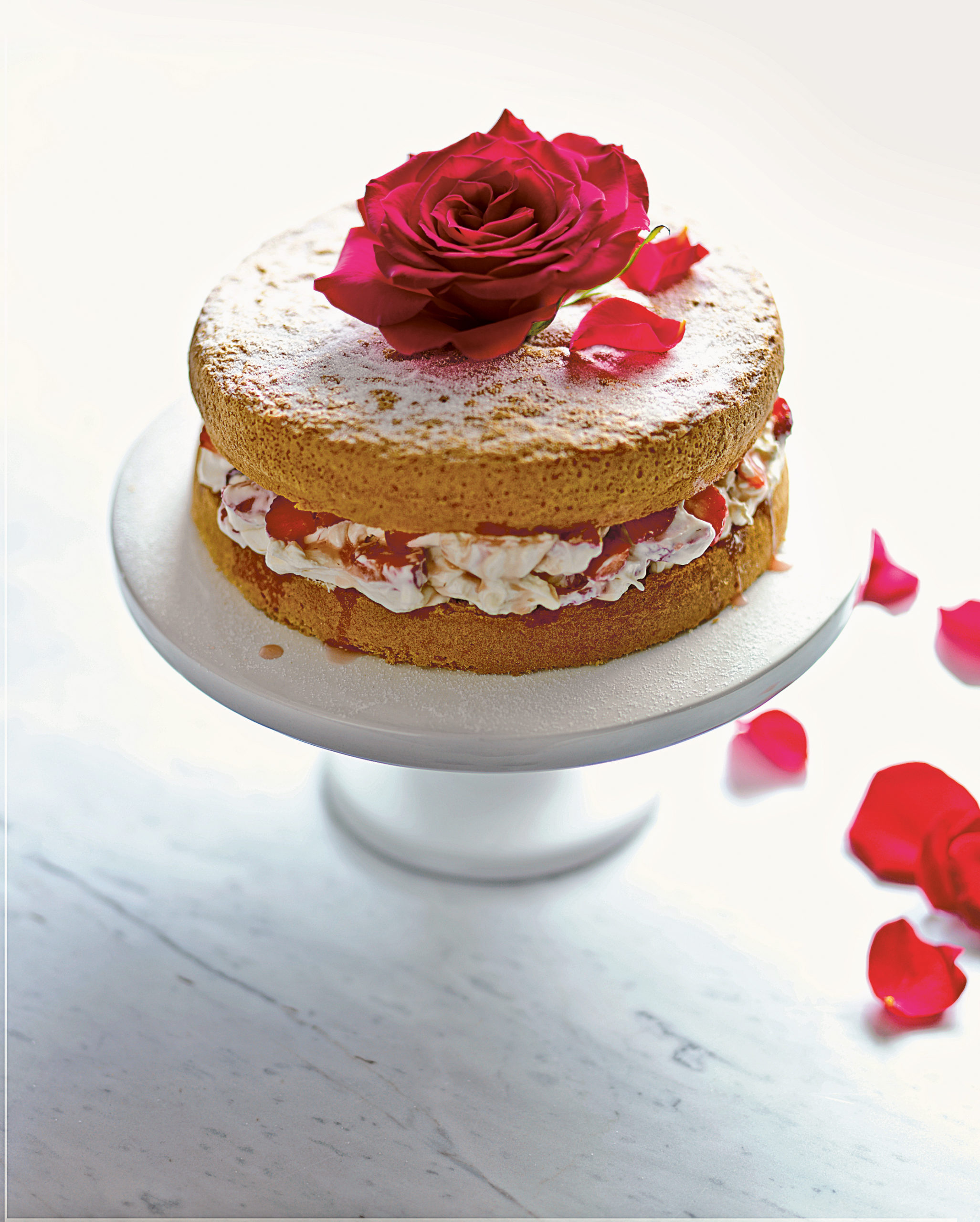Celebrate the UK’s first ever #BlossomWatch day in Bucks, Berks and Oxfordshire
The National Trust is urging people to use the longer, warmer days of spring and come together on social media to share their pictures as part of the charity’s first ever nationwide #BlossomWatch Day, Saturday, 24th April.
In Bucks, Berks and Oxfordshire, some of the best places to enjoy blossom include Hughenden, Cliveden, Stowe, Greys Court and Basildon Park.
As restrictions ease and loved ones can finally start to meet outside, the conservation charity is urging people to use the easing of restrictions to share in one of nature’s most magnificent natural spectacles.
People are being asked to share pictures of blossom on social media on April 24th using the #BlossomWatch. And by tagging their location, an interactive digital map (www.nationaltrust.org.uk/blossom-watch) will chart the progress of blossom across the country.


The Trust’s Garden’s and Parks Consultant for London and the South East, Emma McNamara, says: “Blossom season is advancing apace, but we’ve had some frost damage recently from the low overnight temperatures. Magnolia and camellia blossom have been affected by this, burning the flowers at Greys Court and Basildon Park, which means they drop quickly. This highlights the fleeting nature and beauty of blossom. However, fruit trees such as apple, pear and cherry will be blooming in late April and early May in the orchards at Hughenden and Cliveden, buzzing with insect life pollinating for fruits later in the year.”
Blossomwatch is also a chance to indulge in the Japanese art of hanami whcih literally means “viewing blossoms”. Long ago, around the 7th century, when the Japanese talked about “hana” they were referring mainly to plum blossoms. But years later, “hana” has come to mean cherry blossoms. And now Hanami means “going out to enjoy cherry blossoms.” It is one of the most featured images in Japanese art and literature.
Junko Shimizu, Founder of the Amenity 2000 Association, says: “Cherry blossoms are the sign of spring. They tell us cold winter is gone, to take off heavy coats. People are eager to get this sign. This year cherry blossoms are slower to bloom than usual.”
For further information, inspiration and to donate towards the charity’s tree planting ambitions visit www.nationaltrust.org.uk/blossom-watch













